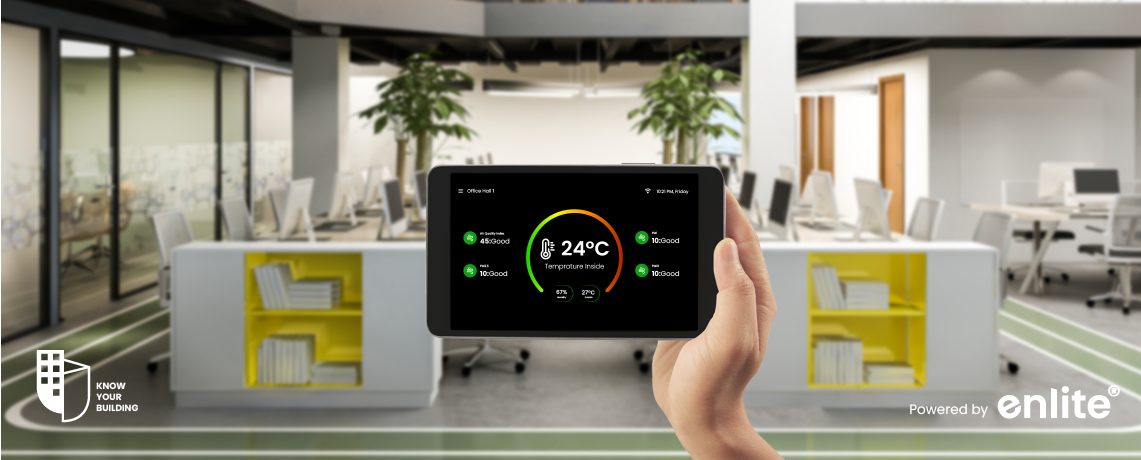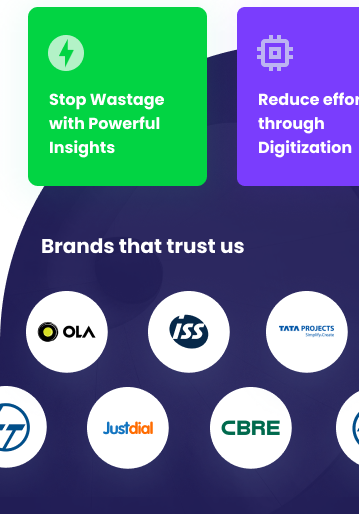The integration of smart technology in building systems has revolutionized how safety is managed in modern infrastructures. From advanced fire detection to real-time surveillance, smart technology equips buildings with the tools to proactively address safety risks and ensure occupant well-being. Let’s explore how smart technology is shaping the future of building safety.
Data Insights & Key Facts
- Buildings equipped with smart safety systems report a 25% faster response time during emergencies.
- Fire detection systems integrated with IoT sensors can reduce damage costs by up to 60%.
- Real-time surveillance systems increase security breach detection rates by 40%.
Advanced Fire Safety Systems
Smart fire detection systems equipped with IoT sensors can identify smoke, heat, or gas leaks in real time. These systems automatically alert facility managers and first responders, enabling swift action to prevent damage and ensure occupant safety. Integrated evacuation guides and smart alarms further streamline responses.
Real-Time Surveillance
Modern buildings leverage AI-powered surveillance systems to monitor activities around the clock. These systems detect unusual behavior, unauthorized access, or potential threats and send instant alerts. Additionally, facial recognition and biometric access controls enhance security at entry points.
Proactive Maintenance for Safety Systems
Smart technology enables predictive maintenance for safety-critical systems, such as fire extinguishers, emergency lighting, and alarm systems. Sensors continuously monitor equipment health, ensuring they are always operational and compliant with safety regulations.
Improved Emergency Response
During emergencies, smart technology provides actionable insights. For example:
- Real-time data from sensors helps identify affected areas during fires or natural disasters.
- Integrated communication systems guide occupants safely and efficiently.
- Emergency lighting and exit signs adapt to changing conditions, ensuring clear evacuation paths.
Enhanced Access Control
Smart access control systems regulate who can enter or exit specific areas of a building. Biometric authentication, RFID cards, and mobile app-based entry systems not only improve security but also reduce the risk of unauthorized access. Data from these systems also helps in auditing and tracking movements.
Data-Driven Safety Insights
Smart technology collects and analyzes vast amounts of data, enabling facility managers to identify potential safety risks before they escalate. For instance, data trends from surveillance or access control systems can highlight vulnerabilities, allowing for timely corrective action.
Sustainability and Safety Integration
Smart technology also contributes to a safer and greener environment. For example:
- Smart lighting systems ensure well-lit pathways while conserving energy.
- Automated HVAC systems maintain air quality, reducing health hazards.














